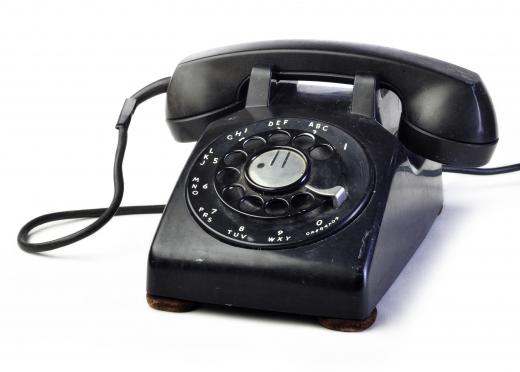A rotary switch is a switch that is operated by turning rather than flipping or pushing. The switches were common in devices that needed to provide a wide array of options rather than the two or three provided by the other switch types. A rotary switch consists of a single pin, called a rotor, that has one or more flat wheels connected to it, called decks. When a user turns a knob, the rotor turns the decks and changes the way they connect to the device. This creates a wide array of different possible settings.
Analog switches were common on devices until the mid-1970s, after which digital switch became more common. These switches had three basic styles: buttons, toggle switches and dials. A button was off or on based on whether it was pushed in or not. A switch could be an on/off system like a button or it could have an intermediate third position, but it would commonly switch a device between operational states. Basically, one position caused a device to act one way, but the device would act differently when switched.

Dials, or a rotary switch, would allow users to have a variety of different settings all on the same switch. Each deck could have multiple predetermined settings, usually having four to eight physical notches that let the switch click into place. By using multiple decks, a rotary switch could have a wide array of options simply by staggering the notches and setting up a coding system. For example, the third, fourth and first position on the three decks will yield a different result than the third, fourth and second position.
Dials were common on most electronics of the time, but were found on nearly every television and phone. The rotary switch on the phone was so integral to its function that it was known as a rotary phone. In this case, the rotary system would use the signal coming from the deck to determine the number that the user wanted. It would essentially count the clicks between when the user stopped and the dial reset. This is why not letting the dial return all the way to its original position or using a finger to slow the return would often cause the phone to misdial.
Televisions also used the common rotary dial system. Older TVs would feature two dials, one that set common channels and one used for the ultra-high frequency (UHF) channels. Typically, the UHF dial was inactive unless the main channel dial was set to a specific spot, usually marked with a capital U. Then the UHF dial, which typically featured dozens of channels, would allow the user to access the extended band. In this case, the dial worked similar to a toggle switch; by setting the main dial to U, it changed the operational state of the television.
